Balnakeil House, an A-listed nine-bedroom highland mansion in Balnakeil, Highland, Scotland, sleeps up to 17 guests and is now fully restored to provide a luxurious experience. The property boasts spectacular sea or mountain views, with easy access to the mile and a half long white sandy beach of Balnakeil Bay. The decor features earthy colors, solid wooden furniture, heated slate floors, and lovely plaids and tweeds from Anta. The well-equipped kitchen with an Aga and stove, games room, drawing room, and breathtaking dining room offer ample space for gathering and socializing.
The property has a strict pet policy allowing a maximum of two dogs, and it has a rich history dating back to the 17th century when it was built by the Mackay chiefs. Stories of merrymaking and entertainment at the house abound, with various occupants throughout the years, including the Anderson family who were the last to reside there until 1992. Balnakeil House has been listed by Historic Scotland as a category "A" building, signifying its national importance and unique architecture.
Works on the house began in 2009, resulting in a sympathetic refurbishment that combines original features with nineteenth-century alterations and decorations. Elliot Houses, the owners of Balnakeil House, look forward to welcoming guests to this historic and picturesque property. Located in Lairg, the vacation home offers a rural setting and beachfront access, with nearby attractions such as the John Lennon Memorial Garden and Balkaniel Beach. Activities like fishing, swimming, cave exploring, and cycling provide opportunities for adventure and relaxation in the surrounding area.

See how long it would take to drive to A-Listed Nine-Bedroom Highland Mansion on the Beach sleeping up to 17 guests.
From your ![]() current location or:
current location or:

Self-catering cottage holidays in the UK and Ireland can still be a green option. You can have the comforts of home and the flexibility to do what you want; when you want - without the hassles of air travel!